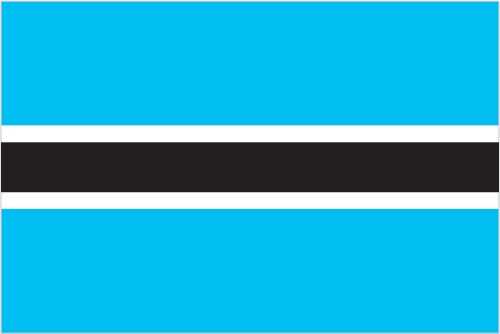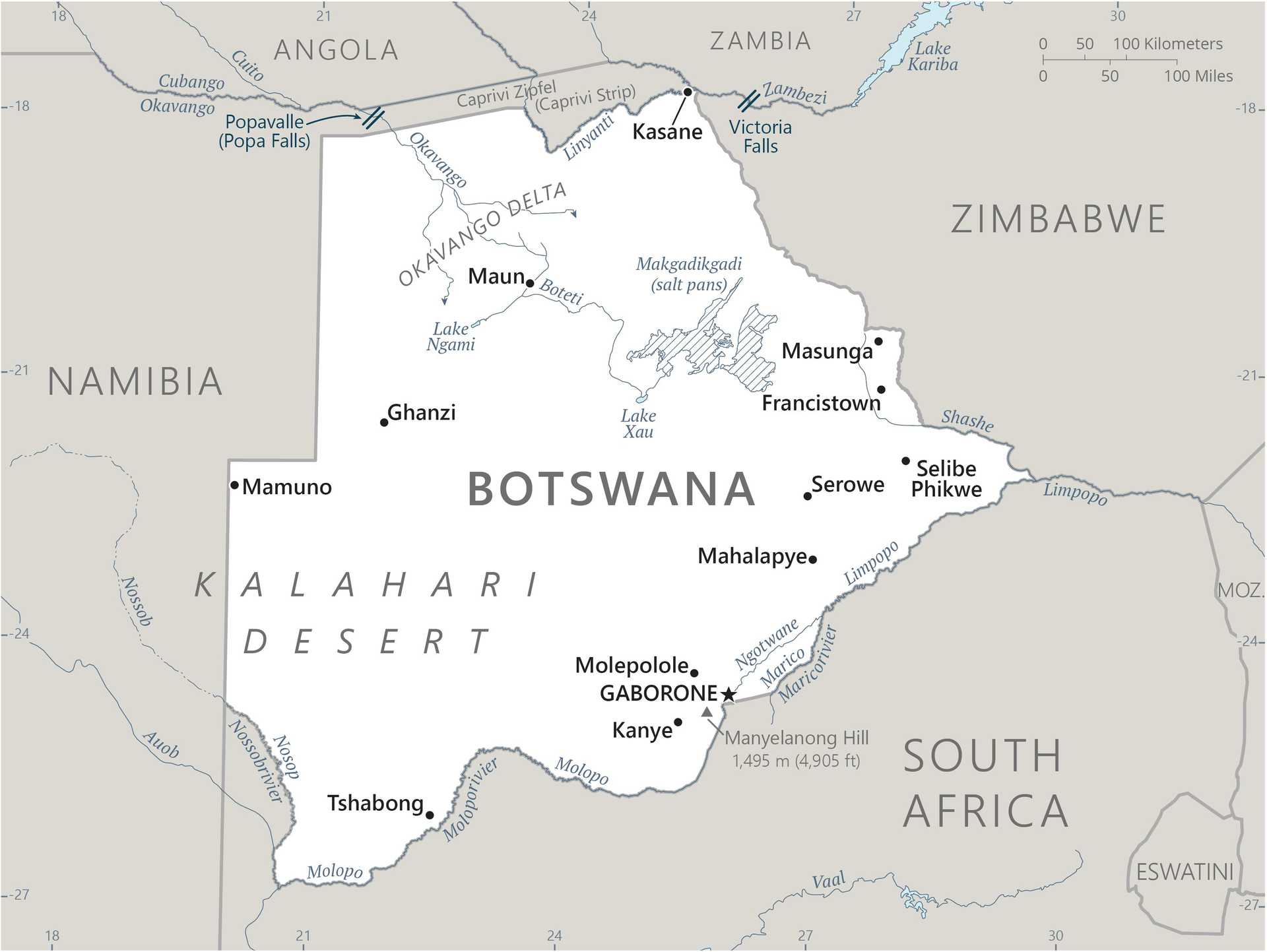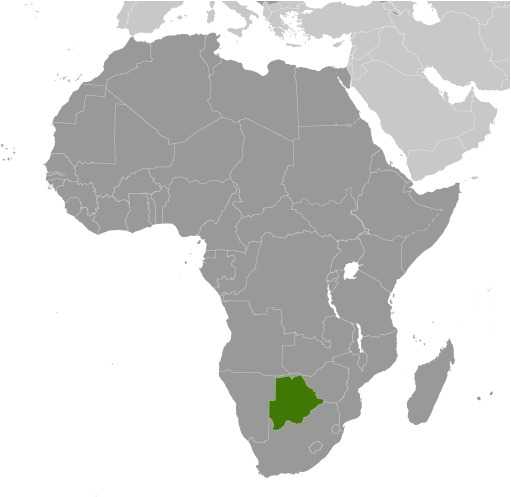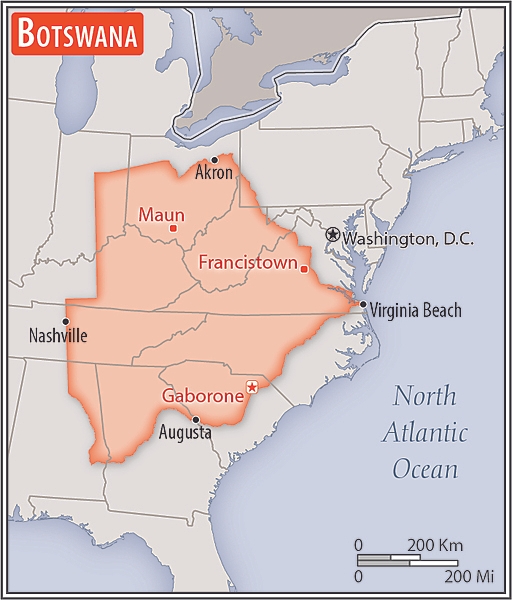Introduction
Visit the Definitions and Notes page to view a description of each topic.
Geography
People and Society
Population
comparison rankings: total 146; male 146; female 143
Median age
comparison ranking: total 161
Population growth rate
comparison ranking: 72
Birth rate
comparison ranking: 72
Death rate
comparison ranking: 62
Net migration rate
comparison ranking: 42
Maternal mortality ratio
comparison ranking: 50
Infant mortality rate
comparison ranking: total 65
Life expectancy at birth
comparison ranking: total population 201
Total fertility rate
comparison ranking: 75
Obesity - adult prevalence rate
comparison ranking: 114
Alcohol consumption per capita
comparison ranking: total 71
Tobacco use
comparison ranking: total 92
Education expenditure
comparison ranking: Education expenditure (% GDP) 9
Environment
Carbon dioxide emissions
comparison ranking: total emissions 131
Government
Economy
Real GDP (purchasing power parity)
comparison ranking: 134
Real GDP growth rate
comparison ranking: 210
Real GDP per capita
comparison ranking: 111
Inflation rate (consumer prices)
comparison ranking: 83
GDP - composition, by sector of origin
comparison rankings: agriculture 159; industry 60; services 65
Industrial production growth rate
comparison ranking: 190
Labor force
comparison ranking: 142
Unemployment rate
comparison ranking: 185
Youth unemployment rate (ages 15-24)
comparison ranking: total 5
Gini Index coefficient - distribution of family income
comparison ranking: 2
Public debt
comparison ranking: 183
Taxes and other revenues
comparison ranking: 53
Current account balance
comparison ranking: 96
Reserves of foreign exchange and gold
comparison ranking: 112
Debt - external
comparison ranking: 98
Energy
Electricity
comparison rankings: installed generating capacity 143; consumption 137; exports 102; imports 67; transmission/distribution losses 87
Energy consumption per capita
comparison ranking: 113
Communications
Telephones - fixed lines
comparison ranking: total subscriptions 137
Telephones - mobile cellular
comparison ranking: total subscriptions 131
Broadband - fixed subscriptions
comparison ranking: total 138






